More about leaf cuttings
lathyrus_odoratus
14 years ago
Related Stories

HOME OFFICESQuiet, Please! How to Cut Noise Pollution at Home
Leaf blowers, trucks or noisy neighbors driving you berserk? These sound-reduction strategies can help you hush things up
Full Story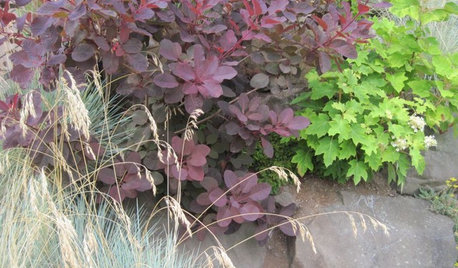
PURPLE FOLIAGE5 Purple-Leaf Majesties of Shrubs
Looking for beautiful depth and dynamism in your landscape? Just add purple
Full Story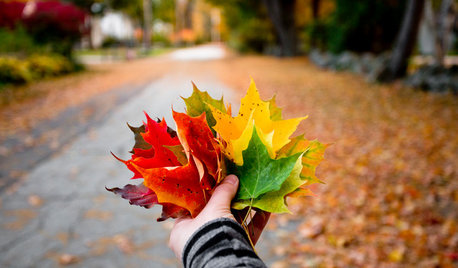
TRAVEL BY DESIGNHouzz TV: Take a Leaf-Peeping Road Trip in New England
Ride along with a Houzz contributing photographer to see gorgeous autumn eye candy from New York to New Hampshire
Full Story
TROPICAL STYLEEasy Decorating: Turn Over a New, Tropical Leaf
Toss a palm frond in a vase or gather a whole bouquet — fresh or preserved tropical leaves bring on the exotic with almost no effort
Full Story
GARDENING GUIDES7 Ecofriendly Gardening Ideas That Also Cut Chore Time
Spend less time weeding, less money watering and more moments just sitting back and enjoying your healthy garden
Full Story
FURNITUREHow to Buy a Quality Sofa That Will Last
Learn about foam versus feathers, seat depth, springs, fabric and more for a couch that will work for years to come
Full Story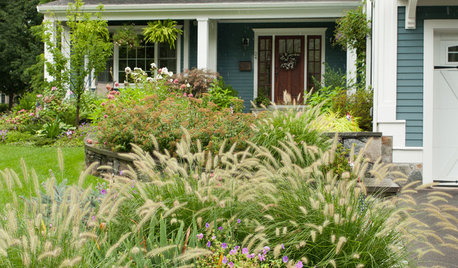
LANDSCAPE DESIGNGreat Design Plant: Lively Fountain Grass Thrives Just About Anywhere
Enjoy fountain grass for its exuberant form, long-lasting color and texture for borders and more
Full Story
DECORATING GUIDESA Glimmer of Gold Leaf Will Make Your Room Shine
Make a unique, unexpected statement in any space with this precious metallic finish
Full Story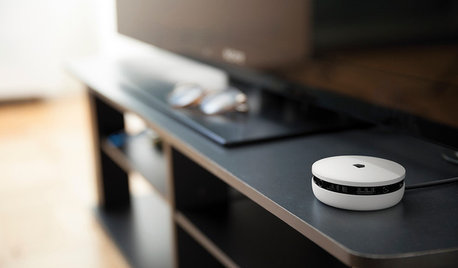
HOME TECHIn Rarefied Air: Meet 3 Cutting-Edge Home Sensors
These new all-purpose sensors send alerts to your smart phone about temperature, air quality and a whole lot more. Why not?
Full Story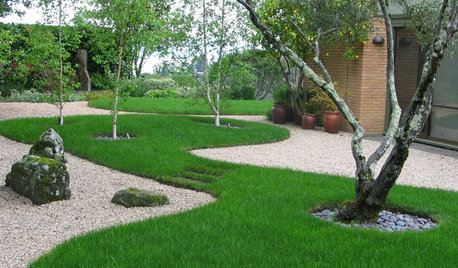
LANDSCAPE DESIGNIs Your Garden Cut Out for Matisse Inspiration?
Look to the artist’s paper collages for a creative and easy approach to garden design
Full Story




tapla (mid-Michigan, USDA z5b-6a)
lathyrus_odoratusOriginal Author
Related Discussions
couple more questions about pepper cuttings
Q
Sansevieria leaf cuttings info hydroponics?
Q
Rooting a single leaf cutting from a fiddle leaf fig
Q
hcmcdole, ???s about jiffy pellets, pots & leaf cuttings
Q
tapla (mid-Michigan, USDA z5b-6a)
lathyrus_odoratusOriginal Author
lathyrus_odoratusOriginal Author
tapla (mid-Michigan, USDA z5b-6a)
lathyrus_odoratusOriginal Author
tapla (mid-Michigan, USDA z5b-6a)
lathyrus_odoratusOriginal Author
tapla (mid-Michigan, USDA z5b-6a)
jodik_gw
tapla (mid-Michigan, USDA z5b-6a)
lathyrus_odoratusOriginal Author
tapla (mid-Michigan, USDA z5b-6a)
jodik_gw
lathyrus_odoratusOriginal Author
tapla (mid-Michigan, USDA z5b-6a)
lathyrus_odoratusOriginal Author
greenman28 NorCal 7b/8a
jodik_gw
lathyrus_odoratusOriginal Author
jodik_gw
lathyrus_odoratusOriginal Author
jodik_gw